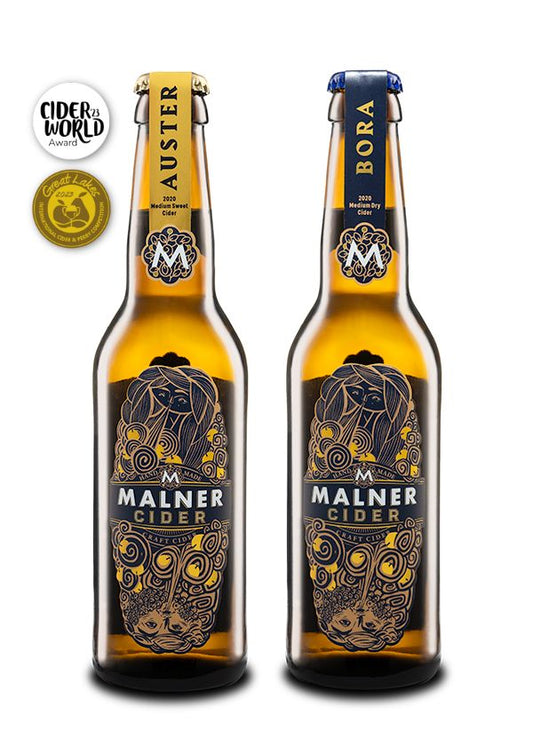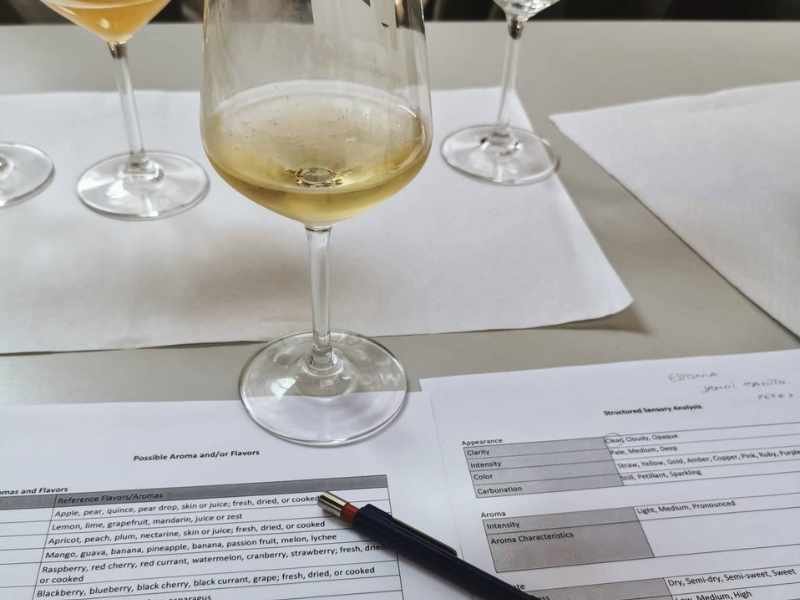When You Talk About Cider, You Inevitably Come to France.
A country synonymous with wine, France also boasts one of the strongest and longest-standing traditions of cider making in the world.
Here, cider is not a passing trend but an integral part of culture, gastronomy, and everyday life.
During our journey through Normandy, we discovered how deeply cider is woven into the fabric of rural life — and how nature, tradition, and community come together to create a drink with a truly distinct identity.
A Strong Heritage of the Northwest
France has a long and successful tradition of cider production. It is mostly found in the northwestern part of the country — in Normandy and Brittany — as well as in the French Basque regions.
The first written records of cider production in France date back to at least the 10th century, confirming a deeply rooted heritage.
The “Keeving” Method and the Character of French Cider
Traditional ciders from Normandy and Brittany are produced using the keeving method, without added sulfur, and with spontaneous fermentation triggered by naturally occurring yeasts.
The fermentation process is long and takes place at lower temperatures, giving the cider its distinctive and complex aroma. It finishes in the bottle and usually stops before all the sugars have fully fermented. As a result, these ciders are not completely dry but retain some of their naturally present sugars.
Their alcohol content typically ranges between 3% and 5% ABV. Most have lower acidity and slightly higher tannins, though this balance varies depending on apple varieties, terroir, and climate.
French ciders are meant to be enjoyed young, as they are not intended for long-term aging.
Geographic Origin and AOP Protection
France was the first country to establish protected geographical status (AOP – Appellation d’Origine Protégée) for cider, as early as 1996.
Today, the AOP ciders include Cidre Pays d’Auge and Cidre Pays d’Auge Cambremer from Normandy, and Cidre de Cornouaille from Brittany.
Later, Cidre Contentin (2016) and Cidre du Perche (2020) were added to the list.
Along the Route du Cidre
Our five-day visit to Normandy in 2019 was dedicated to exploring the cider route La Route du Cidre, which connects eighteen producers across the picturesque Pays d’Auge region.
Here, local apple varieties are grown on slightly higher rootstocks, forming stronger trees. Under the free-standing apple trees, cattle and other animals often graze until a few weeks before harvest. The apples are collected from the ground — some by hand, but mostly mechanically.
An Experience That Shaped Us
When we visited this rich region, our own Malner cider journey was only just beginning, and the impressions we brought home were profound.
Their orchards are comparable in size to ours, sometimes even smaller. Most producers operate with minimal equipment but work within a well-connected network of service providers who move from one producer to another with advanced machinery for harvesting, filtering, and bottling.
We were especially impressed by the strong state and local support and by the deep loyalty the French have toward their cider traditions — even as lighter, trendier styles gain popularity among younger generations. Families producing juice, cider, and apple brandy can make a good living from their craft.
Cider as a Part of Everyday Culture
In France, cider is everywhere — in cafés, restaurants, and shops. Restaurateurs carefully pair dishes with ciders, as the harmony of flavors is considered an essential part of their culinary identity.
Cider is also a frequent ingredient in the kitchen, used in sauces and various dishes.
The entire ecosystem functions cohesively and thoughtfully, enhancing the overall gastronomic and tourist experience.
This sense of connection, pride, and cultural awareness is something we can all learn from.









